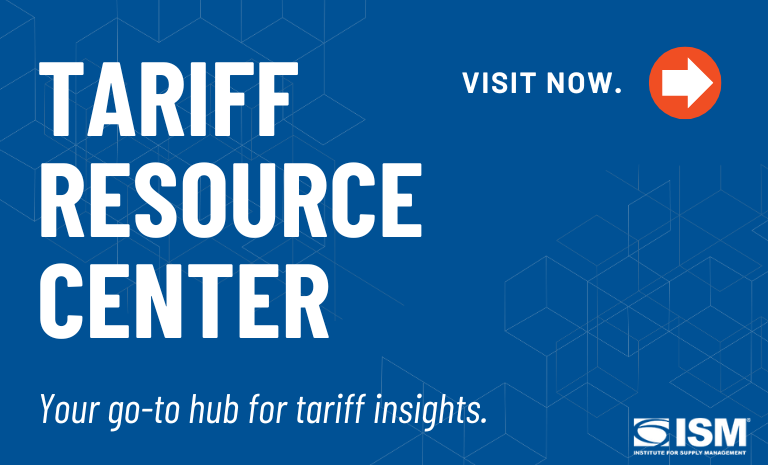Inside Supply Management Magazine
September / October 2020
Articles
Talent Acquisition in the ‘Next Normal’
September 15, 2020

Not many of us would have factored a global pandemic into our 2020 planning strategy. The coronavirus (COVID-19) has shown us how difficult it is to forecast the long-term future with any degree of certainty. But there is one thing we can say for sure — how and where we work are changing.
...Want More Magazine?
Oh no... we really want you to have access to all of this great content! Membership does have its benefits and Inside Supply Management magazine is just one piece to help you advance your organization and your career. Learn more and join our community.


